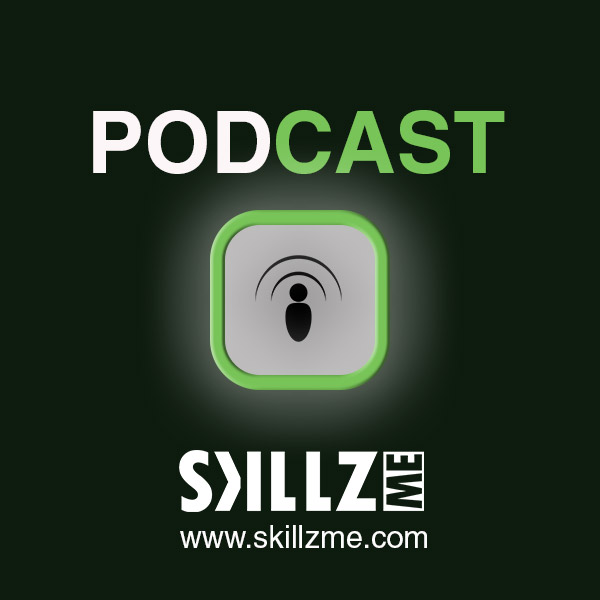
What is Gated Content and how does it work for your brand? Are you already using this method of content marketing to fill your sales funnel and how can you be successful?
At a certain point, though, they’ll stop losing access to the information, so they’re not able to continue viewing the rest of the content. This is the exact moment when you offer them a sign-up form that will enable them to regain full access to your content. They’ll only need to provide you with their personal information, such as their name, email, or industry.
Once they’ve completed this step, they can then resume viewing your content and use it to look for answers to their questions. Meanwhile, you now have names to add to your contacts who, hopefully, will convert to your sales pitches and become your customers in the future.
Just like any other marketing strategy, using gated content requires some checks and balances. When should you gate content, and when should you not?

- Awareness—This is the very beginning of the buyer’s journey, where the goal is to present to your prospects a perceived problem without resorting to sales-driven tactics. Blog posts, visual guides, podcasts, eBooks, and white papers are the best types of content for this stage of the sales funnel.
- Consideration—At this point, your prospects may be actively looking for a solution to their problem, so here’s your chance to present your business to them. Content assets such as webinars or case studies pack a lot of helpful information, allowing your prospects to see your leadership authority.
- Decision—This is the part where your prospects are ready to accept the solution you’re offering since they’ve come to form a liking for your brand and your products or services. To be clear, gated content isn’t limited to downloadable content, so be ready to offer other assets like free trials, consultations, or product demos (which can be easily made with 3D printing), as well, to hopefully seal the deal with your prospects.
Still, the question remains: should you really gate your content?
It’s estimated that as much as 80% of B2B content marketing assets are gated.
The answer lies in whether your content meets these criteria:
- It’s incredibly high value.
With the internet offering hundreds to thousands of resources on a single given topic, an effective way to stand out is to provide content that isn’t only exhaustive but also unique or original. In such a case, your prospects will definitely not mind a trade-off between handing out their contact details to you and then getting a resource that contains data or insights which no other site is capable of offering.
This is why you may want to explore the idea of initiating original research or collaborating with industry experts to produce high-value content pieces.
- It’s a top performer.
Some of your blog posts may be getting more traffic than other articles, which makes them potentially suitable lead magnets. By gating your top-performing content, it will be easier for you to see which ones are willing to go through an extra step of submitting their personal information before they can download or interact with your content.
There and then, they become highly qualified leads that you can nurture, engage, and move through the buying cycle.
- It’s a repurposed previously ungated content.
Repurposed content refers to content that you updated with a change in format or a change in your intended audience.
Suppose you have an old, ungated blog post that readers may still find relevant or relatable to this day, but will require presentation in a visual format like an infographic to highlight updated facts or statistics. Gating your infographic now leaves you with new content that you can use to find new leads.
To wrap up, gating your premium content can help generate leads for your business as long as you offer a value that your prospects can’t possibly get anywhere else.

![2025 Infographic Design Trends: New Ideas & Approaches [Infographic] hero-image-2025-Infographic-Design-Trends](https://www.skillzme.com/wp-content/uploads/2025/02/hero-image-2025-Infographic-Design-Trends-200x200.jpg)
![90% of Americans Think iPhone 16 Cost Too Much [Infographic] 90% of Americans Think iPhones 16 Cost Too Much](https://www.skillzme.com/wp-content/uploads/2025/02/hero-image-iphone-16-200x200.jpg)
![YouTube Statistics 2024 [Infographic] hero-image-YouTube-User-Statistics-2024](https://www.skillzme.com/wp-content/uploads/2024/11/hero-image-YouTube-User-Statistics-2024-200x200.jpg)


Recent Comments